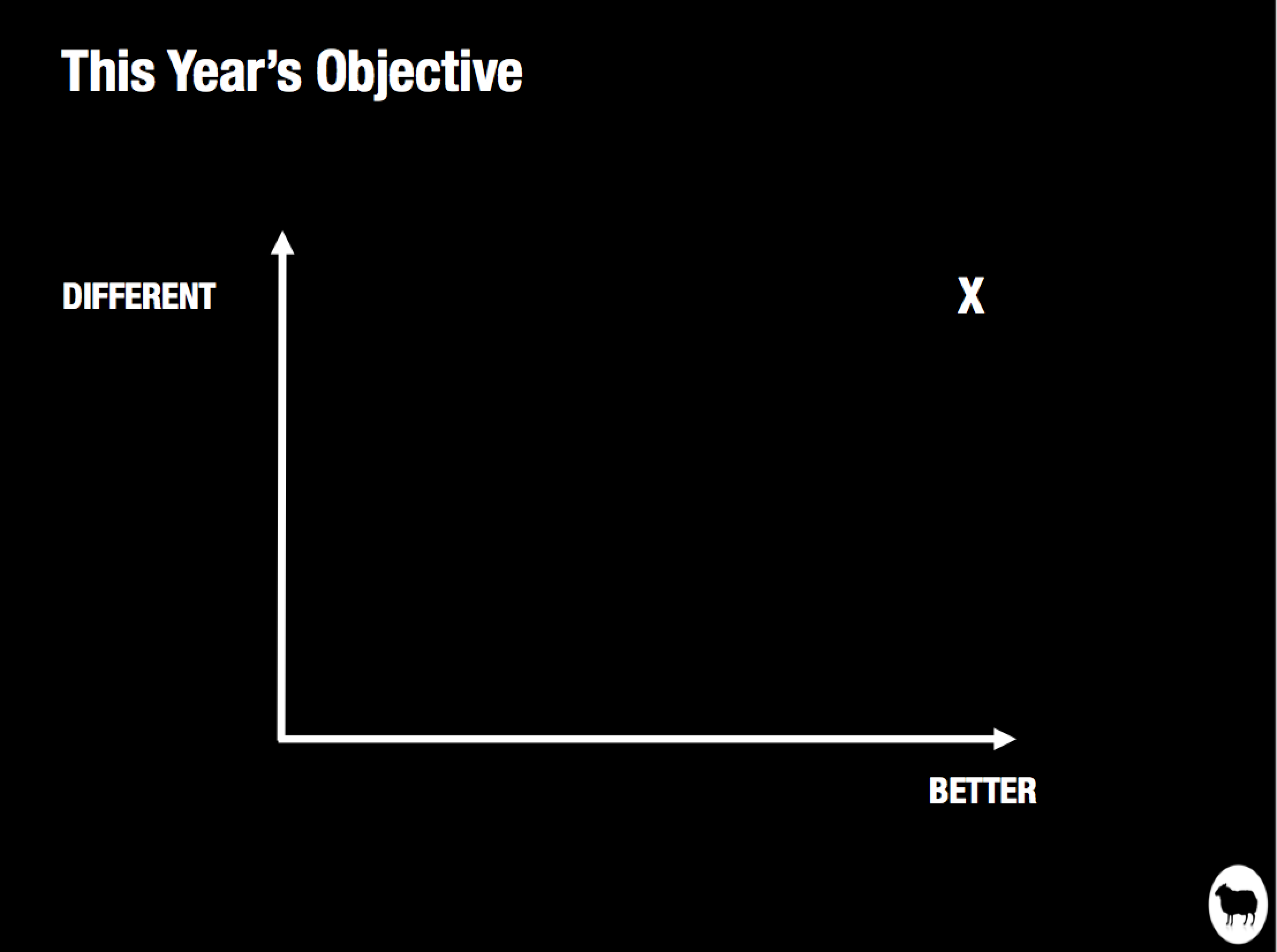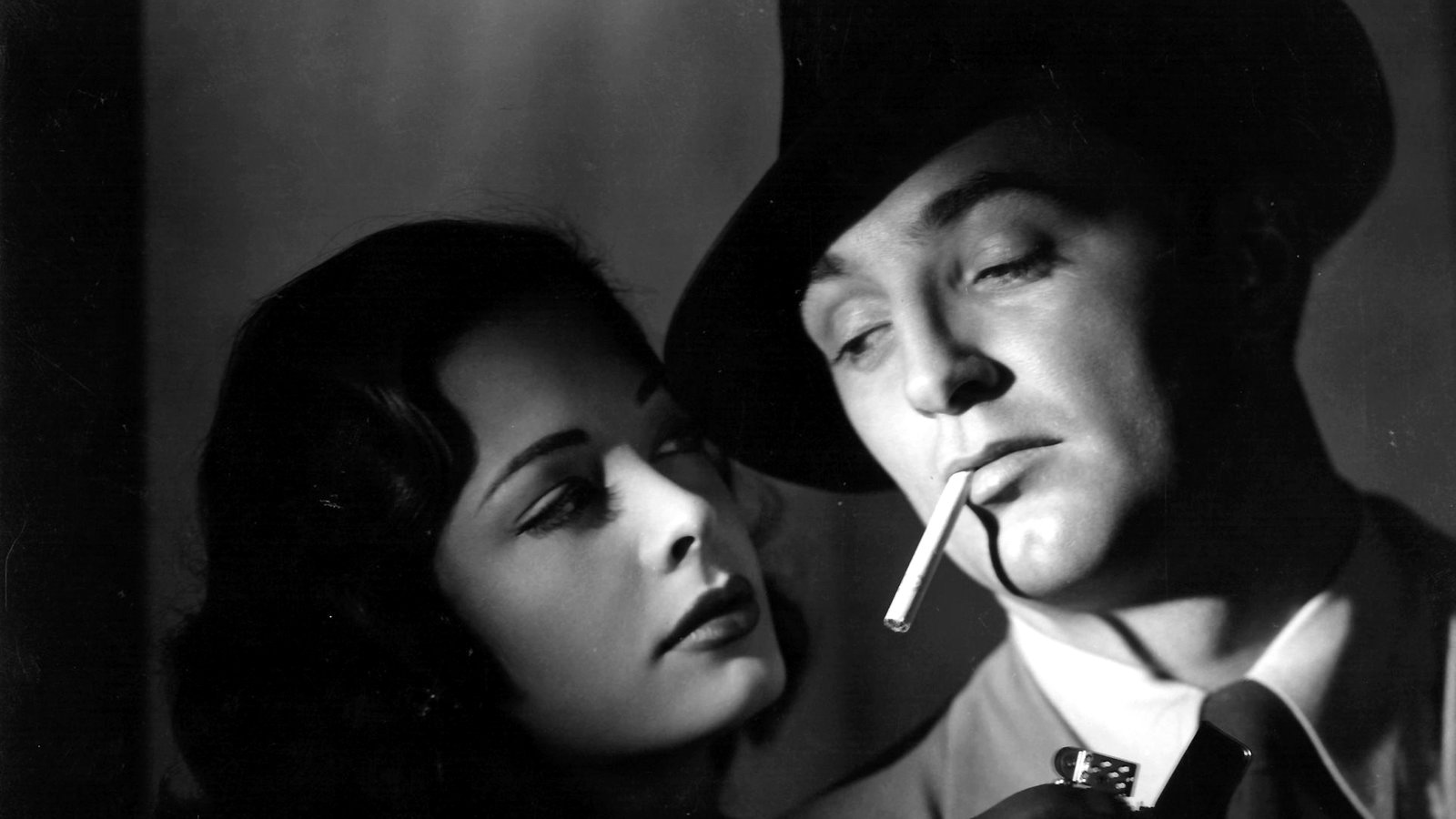The Conversational Gambit: If You Were Restricted to Five Fruits, What Would They Be?
Basket of Pears, 1882 by Édouard Manet. Photograph: © Ordrupgaard, Copenhagen
‘'What ho!' I said.
'What ho!' said Motty.
'What ho! What ho!'
'What ho! What ho! What ho!'
After that it seemed rather difficult to go on with the conversation.’
PG Wodehouse, 'My Man Jeeves’
I have often thought that what little success I have had in business derives from one particular conversation.
I had been working at Bartle Bogle Hegarty for only a short while when I was invited to a dinner. Co-Founder Nigel Bogle wanted to meet a few of the recent recruits, to get a sense of the emergent talent pool and perhaps to impress on them some of the company’s values.
I’m not the most socially confident person, and I am generally awkward at such work events - worried that I will say the wrong thing or, worse still, say nothing at all. And so I approached the occasion with some trepidation.
'I think I only appear smart by staying quiet as often as possible.'
Sally Rooney, 'Conversations with Friends'
My nerves jangled all the more when I found that I was seated next to the evening’s host. Nigel was an imposing figure. Fiercely intelligent, serious-minded and somewhat laconic. How could an anxious fool like me keep him interested and entertained for three courses?
My Classics teacher at school, Mr Deasy, had advised that such situations called for the deployment of a Conversational Gambit: a short remark, story or question that would start a discussion. And so I had subsequently developed a stock of gambits to see me through uncomfortable interactions:
‘What would be your final meal?’
‘What’s your favourite bus route?’
‘Which body part would you change if you could?’
‘When were you happiest?’
On this occasion, I thought I’d try my Five Fruits gambit:
‘If you were restricted to five fruits, what would they be?’
I’ve always been drawn to the idea of limiting choice, particularly in the area of food. Too many permutations. Too much fuss. Altogether a distraction. A little editing would do us all a favour.
And so the table debated my question.
‘Well, you’ll want an apple as a work-horse fruit.’
‘And a banana as an indulgent fruit – with all its associated energy benefits.’
‘You’ll need one citrus, probably orange. I’m tempted to go for satsuma for easy peeling.’
‘And then perhaps a berry. Raspberry is slightly more tasty, and certainly less obvious, than a strawberry.
‘Or grapes, as you wouldn’t want to do without wine.’
Inevitably there was some disagreement. Snobbishness about satsumas. Preference for exotic varietals like mangoes and mandarins. Debates about the botanic status of plantains and avocados.
‘Is a tomato a fruit?’
The gambit served its purpose. It had the whole table buzzing. And I noticed Nigel was particularly engaged. He probed away at the question as if sitting an exam, exploring the many ways of interpreting it, developing different strategies for answering it. He was addressing the task with a little more seriousness than I had intended.
In any case, I was informed the next day that I’d made an impression on the Agency Co-Founder. And from that moment on I felt I had earned his tacit support. Something about my Five Fruits gambit had suggested to him that I could be of value to the Agency. What value exactly was not entirely clear to me.
Perhaps there is a lesson here.
We treat conversation as something effortless and instinctive; a consequence of social chemistry and circumstance; a gift that comes naturally or not at all. But in fact conversation is an art worthy of our study. It merits time and attention, practice and preparation, strategies and tactics. Our ability to converse shapes how people think of us.
'My idea of good company, Mr Eliot, is the company of clever, well-informed people who have a great deal of conversation; that is what I call good company.'
Jane Austen, ‘Persuasion’
I have continued to employ Conversational Gambits in both my professional and domestic lives. In the course of an average day, as I’m working my way through The Guardian or The Times, I’ll make a few notes of interesting news items or cultural topics at the foot of the front page. And then later, as my wife is preparing dinner, I like to pepper our discussion with anecdotes, facts, quotes and opinion.
It amuses me at least.
'Surely she had endured enough for one evening without having to listen to intelligent conversation?’
Stella Gibbons, 'Cold Comfort Farm'
Of course, the pandemic has presented a particular challenge to our social confidence. We all feel a diminution of experience, a narrowing of bandwidth. When we emerge blinking into the wider world, will we have forgotten how to converse? Will we have anything to say?
I have taken to compiling a list of candidate conversational topics, loosely categorised, on a piece of paper: recently watched movies and documentaries, political events, aphorisms, fashion trends, music tips. I carry my list with me at all times, so I’m properly equipped if ever I get to encounter another human being.
A recent Conversational Gambit list suggests:
French generals; ‘Not trickle-down, but bottom-up and middle-out’; the dignity of labour; protest against ‘guys’; Blair Hair; Abrdn; shullet, shrobing, linners; languishing; Citizen Kane v Paddington 2; ‘I Am Duran’; HER.
One of the rare pleasures of lockdown (when we’re allowed) has been meeting My-Mate-Andy-from-Back-Home on a park bench at the Stratford Olympic Park (Excellent amenities!). Wrapped up against the elements in hoodies and anoraks, drinking a bottle of wine from plastic beakers, I’m sure we look like a couple of old tramps. But we’re happy enough.
With the advantage of familiarity built over many years, we can chat effortlessly about people and politics, sport and music, old times and new places. And then, after a good while, there is a break in the conversation. And a pause. And when the silence drags, Andy looks across at me.
‘Go on then. What have you got on your list?’
'Talk to me,
Talk to me.
I love the things you say.
Talk to me,
Talk to me,
In your own sweet gentle way.
Let me hear,
Tell me dear.
Tell me you love me so.
Talk to me,
Talk to me.
Tell me what I want to know.’
Little Willie John 'Talk to Me, Talk to Me’ (J Seneca)
No 332



















